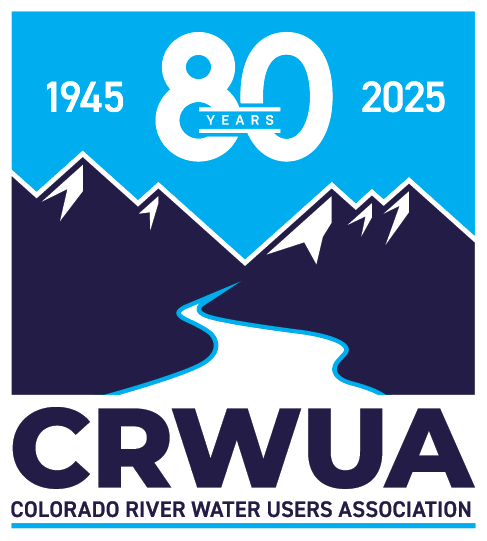Despite optimism early in 2020 regarding the Colorado snowpack, dry soils and declining precipitation thrust the state into drought conditions by the end of spring. After a dry summer and an absence of seasonal monsoon moisture, the U.S. Drought Monitor indicated the entire state was in some level of drought by September, with much of Colorado in severe drought or worse.
Those dry conditions helped to create the conditions for significant wildfires in Colorado, especially in the Colorado River basin.
The Pine Gulch fire north of Grand Junction began on July 31 and consumed more than 139,000 acres, at the time making it the largest wildfire in recorded history in Colorado. Of great concern, the Grizzly Creek fire erupted on Aug. 10 along Glenwood Canyon east of Glenwood Springs. It consumed more than 32,000 acres directly in the Colorado River watershed and will have water quality impacts for communities such as Glenwood Springs for years to come. The Williams Fork fire began Aug. 14 and consumed more than 14,000 acres in the Upper Colorado River watershed. The Cameron Peak fire in Northern Colorado consumed more than 208,000 acres, which overtook the Pine Gulch fire as the state’s largest. While the fire has occurred in the Cache la Poudre River watershed, it will affect the water supplies of communities that also draw on Colorado River water via the Colorado-Big Thompson Project and the Windy Gap Project.
Most significantly, the East Troublesome fire ignited Oct. 14 in the Upper Colorado River basin. A combination of extreme weather and dry fuels created conditions for explosive growth, and in a short period the fire consumed more than 194,000 acres. That includes portions of the watershed directly above the Colorado-Big Thompson Project, which supplies water to more than 1 million people and more than 600,000 acres of irrigated agriculture.
As those conditions continued to develop in Colorado, however, several significant developments were achieved among the stakeholders of the Colorado River.
After more than a decade of work, a group of stakeholders crafted an agreement to protect the outstandingly remarkable values of the Colorado River through the central portion of the state.
The Upper Colorado River Wild and Scenic Alternative Management Plan Stakeholder Group began its work in 2007 with individual stakeholders representing state agencies, local governments, environmental groups, recreational interests, landowners and water providers to develop an alternative to a potential federal Wild and Scenic River designation.
The stakeholder group’s alternative management plan was approved by the U.S. Forest Service and Bureau of Land Management in late June. With the approval, a long stretch of river from near Kremmling to Glenwood Springs will be protected with an emphasis on recreational boating and fishing.
Elsewhere, the Arkansas Valley Conduit received $28 million in federal appropriations in February, and authorization for $100 million in state financing in June. The AVC will provide fresh drinking water from Pueblo Reservoir to 50,000 people served by 40 water providers in the Lower Arkansas River basin. The area is economically disadvantaged and groundwater supplies are brackish and contaminated. The AVC was first authorized in 1962 as part of the Fryingpan-Arkansas Project, which is managed by Reclamation and the Southeastern Colorado Water Conservancy District. Construction is expected to cost $540 million to $610 million and be complete in 2035.
Other project milestones in Colorado included the advancement of Gross Reservoir Enlargement Project via an order from the Federal Energy Regulatory Commission and continued development of the Windy Gap Firming Project in the Upper Colorado River Basin.

